Medically Reviewed by Dr. Lisa Hartford, MD
Red light. Just the phrase has a certain allure. It conjures up mystery, intimacy, and now, quite unexpectedly, the promise of firmer, brighter, healthier skin. If you’ve scrolled through TikTok or flipped through the glossy pages of fashion magazines lately, you’ve probably noticed it: the sudden ubiquity of glowing red masks strapped to faces from Hollywood to Hong Kong. They look futuristic, almost otherworldly, like something borrowed from a sci-fi set. And yet, they’ve become one of the most talked-about skincare investments of the decade.
But like all beauty crazes, not every product that rides the wave is created equal. For every mask that genuinely delivers a therapeutic dose of light, there are others that barely flicker past placebo. That’s why, if you’re considering investing in a red-light therapy mask, it’s important to understand what you’re buying into. Because this is not just another sheet mask trend or a serum that promises miracles in a bottle. Light therapy sits at the intersection of clinical science and self-care ritual. And when you choose carefully, the results can be transformative.
So let’s take a deep dive — into the science, the shopping confusion, the editorial insider perspective, and finally, why one device in particular, the Mirage LED Pro Mask, is fast becoming the gold standard for those who want radiant, youthful skin without the injectables.
Why Red Light Captivates Us
Red-light therapy, sometimes called photobiomodulation, has its roots in medicine. NASA researchers once studied how light wavelengths could encourage plant growth in space. Dermatologists later found those same wavelengths could do remarkable things for human skin (The Guardian, 2024; Wikipedia, 2025). Red light, typically around 630 to 660 nanometers, stimulates fibroblasts — the cells responsible for producing collagen and elastin (TIME, 2024). More collagen means firmer, plumper skin, less sagging, and a softening of fine lines. Near-infrared light, which penetrates even deeper at 830 nanometers, helps improve circulation and repair at a cellular level, energizing the mitochondria in your cells — think of it as charging your skin’s batteries (NY Post, 2024). Blue light at 415 nanometers, meanwhile, is a proven antibacterial, making it a powerful tool for acne-prone skin (Wikipedia, 2025).
In short, red light is not magic; it’s biology. But the way it has captured the cultural imagination — glowing masks in chic packaging, influencers documenting their skin’s transformation, estheticians layering light into facials — makes it feel like magic.
The appeal is obvious. Who wouldn’t want a device that offers some of the benefits of an in-office treatment without the commute, the scheduling, or the per-session cost? A mask you slip on for ten minutes while sipping tea or scrolling your phone feels like luxury and practicality rolled into one. It taps into the current wellness zeitgeist: ritualized, tech-enabled, self-empowering (The Guardian, 2024).
The Problem With the Market Flood
But here’s the rub. With demand surging, the market is flooded. Dozens of brands, ranging from drugstore-adjacent to ultra-luxe, now sell red-light therapy masks. They all look vaguely similar — curved shells of plastic or silicone dotted with tiny bulbs. They all claim “medical-grade” LEDs. And they all insist they’ll change your skin.
Here’s what most consumers don’t realize: not all LEDs are equal. LED count, the most common marketing hook, is a poor predictor of performance (Daily Rituals, 2025). Some masks proudly advertise “360 bulbs.” But in reality, many of those bulbs are single-purpose. A third may only emit red, another third only blue, another third near-infrared. That means when you select one mode, only a fraction of the mask is working (Project E Beauty, 2025). Worse, the power output of those LEDs — what scientists call irradiance, measured in milliwatts per square centimeter — is often very low (TIME, 2024).
Very few companies disclose irradiance. One respected brand publishes figures around 30 mW/cm² (CurrentBody, 2025), which is considered therapeutic. Another claims around 60 mW/cm² (Daily Rituals, 2025). But many popular masks offer no data at all, leaving consumers in the dark. And make no mistake: irradiance matters more than LED count. You can have hundreds of tiny, weak LEDs that don’t penetrate meaningfully. Or you can have fewer but stronger, high-output LEDs that deliver visible results faster (TIME, 2024).
Coverage is another overlooked factor. A rigid mask that sits an inch away from the skin allows much of the light to scatter uselessly. A flexible silicone mask that hugs the face ensures photons actually reach their target (Project E Beauty, 2025). Think of the difference between shining a flashlight at a wall from across the room versus pressing it directly against the surface.
And then there’s the question of time. Some brands tout their quick sessions — just three minutes! Others suggest ten or even twenty. But without irradiance data, session length is meaningless (Daily Rituals, 2025). A powerful three-minute session may equal or surpass a weak fifteen-minute one.
Finally, there’s transparency. Dermatologists and beauty editors alike caution that if a brand won’t tell you its wavelengths and irradiance, it probably has something to hide (NY Post, 2024).
An Insider’s Survey of the Market
Beauty editors, being the jaded creatures they are, have tested them all. One cult-favorite mask, beloved for its rose-gold finish and celebrity endorsements, uses about 160 LEDs split into red and blue arrays (Dr. Dennis Gross, 2025). It looks glamorous, but when you’re in red mode, only the red diodes glow. Another flexible option, favored by estheticians, uses around 130 LEDs and is refreshingly transparent, publishing irradiance at about 30 mW/cm² (CurrentBody, 2025). A high-end “zone” mask boasts up to 360 bulbs and five different wavelengths, but omits any details about irradiance (Project E Beauty, 2025).
These differences matter. Because when it comes to light therapy, the physics are unforgiving. If the output is weak, your skin will know. It will take weeks or months longer to see changes, if you see them at all (TIME, 2024).
Why the Mirage LED Pro Mask Is Different
This brings us to the Mirage LED Pro Mask. While many brands lean on marketing gloss, Mirage leans on engineering. The mask contains over 200 high-power LEDs. Crucially, they are not single-purpose. Each diode is multi-wavelength, meaning it can switch between red, blue, and yellow. That ensures that no matter what mode you choose, every diode is active. The entire mask is working for you, not just a fraction.
That design choice has a profound impact on coverage and efficacy. In red mode, instead of a scattered subset of LEDs, you have the full array delivering uniform, powerful light. The irradiance is strong enough to deliver a therapeutic dose in a few minutes, rather than stretching sessions into a chore (Daily Rituals, 2025; CurrentBody, 2025). The silicone design hugs the contours of the face, ensuring light doesn’t leak out the sides but penetrates where it’s needed most — cheeks, jawline, forehead, around the eyes (Project E Beauty, 2025).
Mirage is also transparent. Its specifications are published. Consumers know exactly what they’re investing in. In an industry plagued by vague promises, that honesty is refreshing (NY Post, 2024).
The Science of Results
So what can you realistically expect? Dermatologists point out that red light will not freeze muscles like Botox or lift tissue like a surgical facelift. But with consistent use, it can improve texture, soften fine lines, enhance elasticity, and create that coveted radiance (The Guardian, 2024). Clinical studies show that collagen production increases with exposure to red light, and patients report smoother, firmer skin over time (TIME, 2024).
The key is consistency. With a mask like Mirage, five-minute sessions a few times per week are enough. Because every diode is contributing, and because the irradiance is strong, results arrive faster and more evenly than with weaker masks. Users notice not only cosmetic benefits — a glow, a plumpness, a softening of lines — but also improvements in overall skin health. Breakouts diminish with the blue mode. Circulation improves, lending skin a healthier tone (Wikipedia, 2025).
Estheticians often combine red-light therapy with serums, noting that light can enhance product penetration. Imagine pairing your favorite hyaluronic acid with a Mirage session — the hydration boost couples with stimulated collagen production for amplified effect (NY Post, 2024).
The Lifestyle Angle
Beyond science, there’s ritual. Using a light therapy mask is not just about chasing results. It’s about carving out a pocket of calm in a busy life. Beauty editors describe slipping on their masks while reading emails or meditating before bed (TIME, 2024). It’s the rare self-care practice that feels indulgent and productive at the same time.
In the cultural imagination, light therapy masks have become a status symbol. They photograph well, they signify investment in self, and they align with the wellness movement’s love of high-tech meets holistic (The Guardian, 2024). But the true luxury is not the look; it’s the efficacy. Mirage allows that ritual to be more than symbolic. It ensures it’s functional.
Value for Money
Let’s talk price. The leading masks cluster between 350 and 500 USD. Some zone-based masks cost more. The difference, then, is not price but performance. Why pay 400 dollars for 360 dim, single-wavelength LEDs when you could pay the same for 200 multi-wavelength, high-output LEDs that deliver results in less time (CurrentBody, 2025; Project E Beauty, 2025)? When you consider cost per effective diode, and cost per session given the speed of results, Mirage emerges as the smarter buy.
The Verdict
At the end of the day, red-light therapy is both science and story. The science tells us that collagen can be stimulated by specific wavelengths, that irradiance and coverage determine efficacy, that consistency matters. The story is the way it makes us feel — cocooned in light, engaged in ritual, connected to a community of beauty lovers and wellness seekers all chasing glow (The Guardian, 2024; TIME, 2024).
Many masks promise. Mirage delivers. With over 200 multi-wavelength high-power LEDs, a flexible and comfortable design, transparent specifications, and fast, efficient sessions, it represents the best of what light therapy has to offer. It’s not about chasing a fad. It’s about investing in skin health, in ritual, in results you can see and feel.
For those ready to embrace the glow, Mirage isn’t just another mask. It’s the future of at-home skincare, wrapped up in a sleek, silicone silhouette. And unlike the masks that hide behind inflated numbers or vague promises, Mirage speaks in the language of light — clearly, powerfully, beautifully.
Bibliography
Dr. Dennis Gross Skincare. “DRx SpectraLite FaceWare Pro LED Device.” Dr. Dennis Gross. Accessed September 2025. https://www.drdennisgross.com/drx-spectralite-faceware-pro-led-device/695866568117.html
CurrentBody. “CurrentBody Skin LED Light Therapy Mask.” CurrentBody US. Accessed September 2025. https://us.currentbody.com/products/currentbody-skin-led-light-therapy-mask
Daily Rituals. “Dr. Dennis Gross LED Mask Review: Complete Guide.” Daily Rituals UK. Accessed September 2025. https://dailyrituals.uk/dr-dennis-gross-led-mask-review-complete-guide
Project E Beauty. “Everything You Should Consider When Purchasing an LED Light Therapy Mask.” Project E Beauty Blog. Accessed September 2025. https://www.projectebeauty.com/blogs/news/everything-you-should-consider-when-purchasing-an-led-light-therapy-mask
Time Magazine. “Do At-Home Red Light Masks Really Work?” TIME. Published 2024. https://time.com/7071807/do-at-home-red-light-masks-really-work
New York Post. “Are LED Face Masks Effective and Worth the Money? Experts Discuss.” NY Post. Published August 28, 2024. https://nypost.com/2024/08/28/lifestyle/are-led-face-masks-effective-and-worth-the-money-experts-discuss
The Guardian. “What Is Red Light Therapy — and Does It Actually Work?” The Guardian. Published September 25, 2024. https://www.theguardian.com/wellness/2024/sep/25/what-is-red-light-therapy
Wikipedia. “Light-Emitting Diode Therapy.” Wikipedia. Accessed September 2025. https://en.wikipedia.org/wiki/Light-emitting_diode_therapy

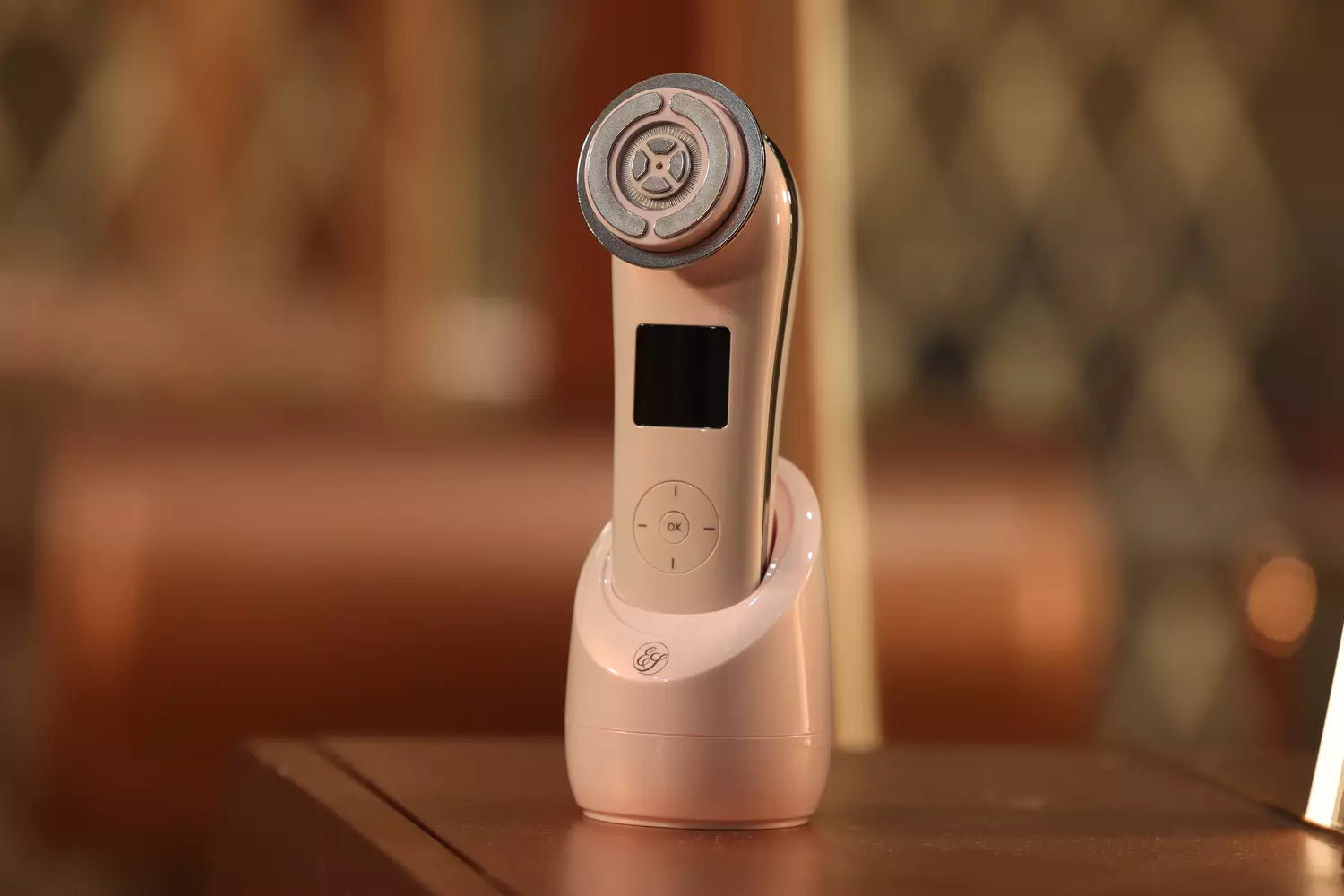
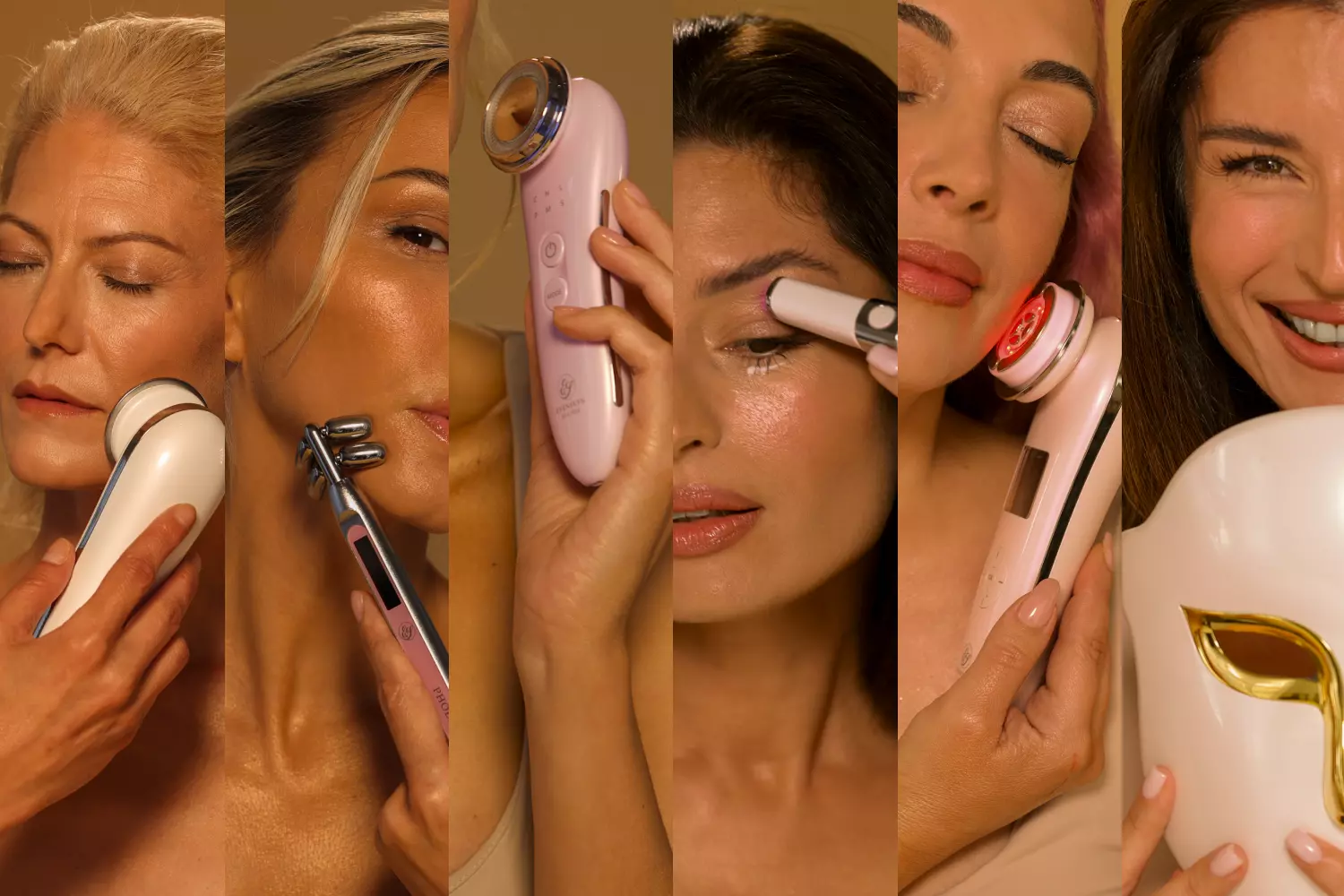
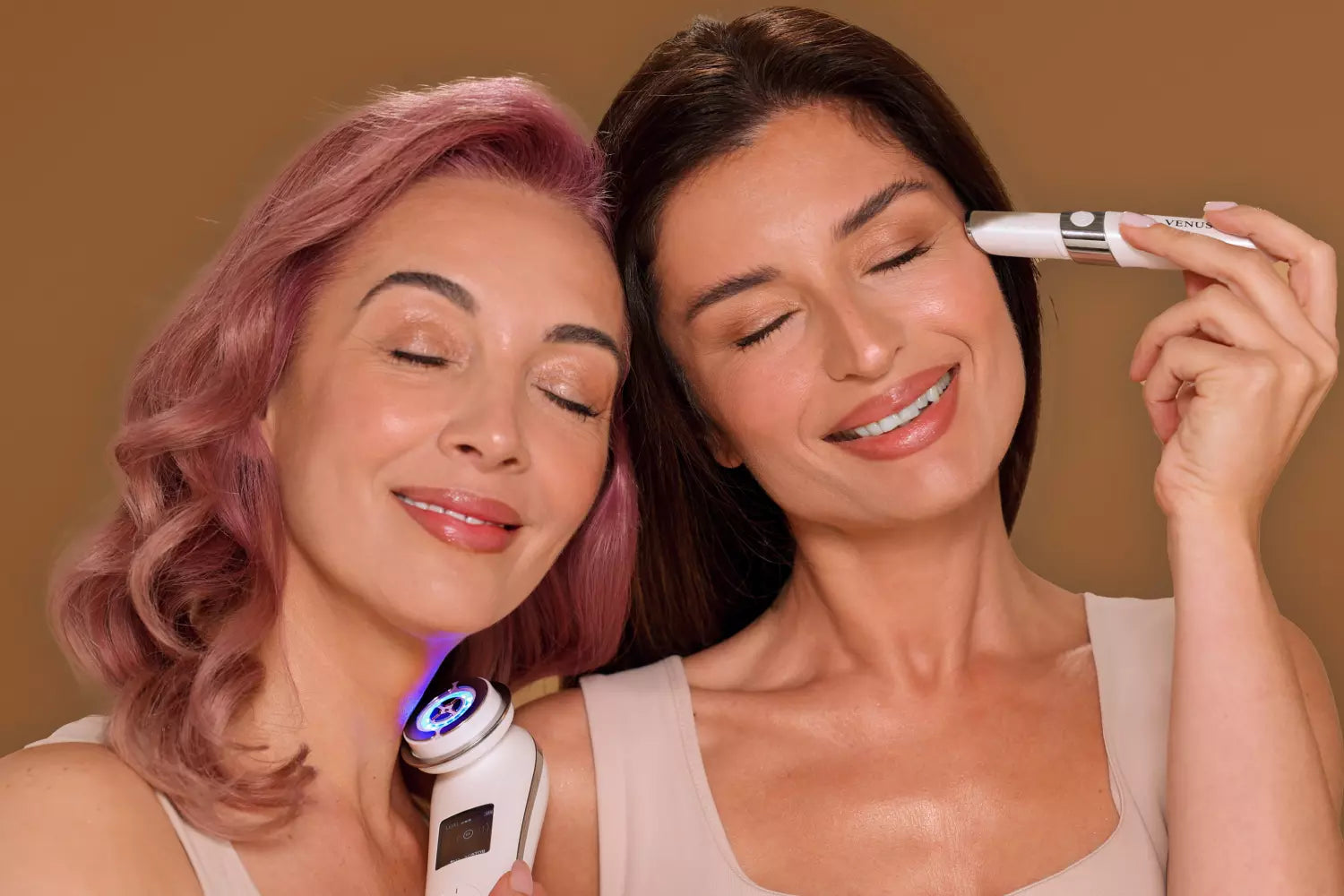
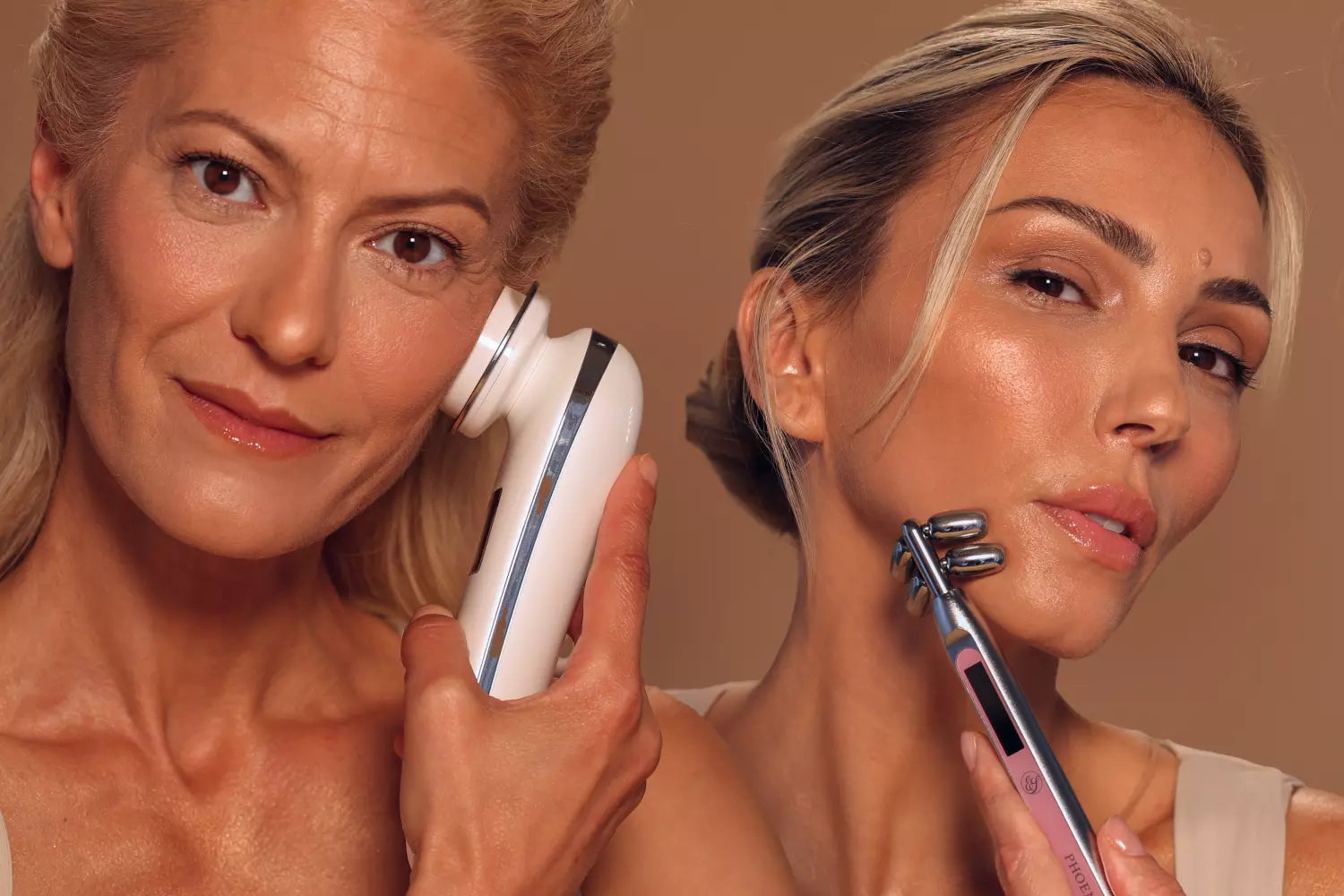
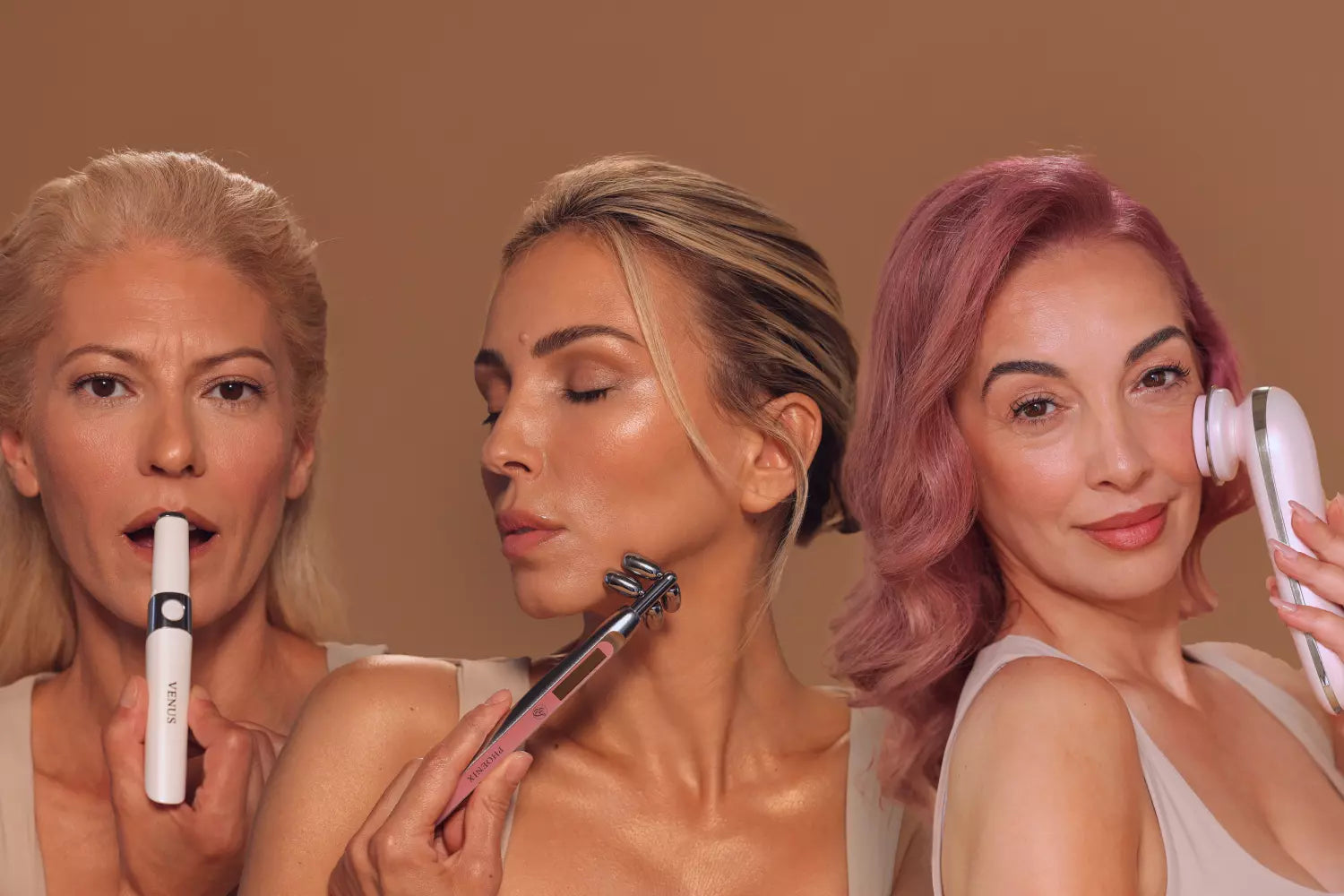
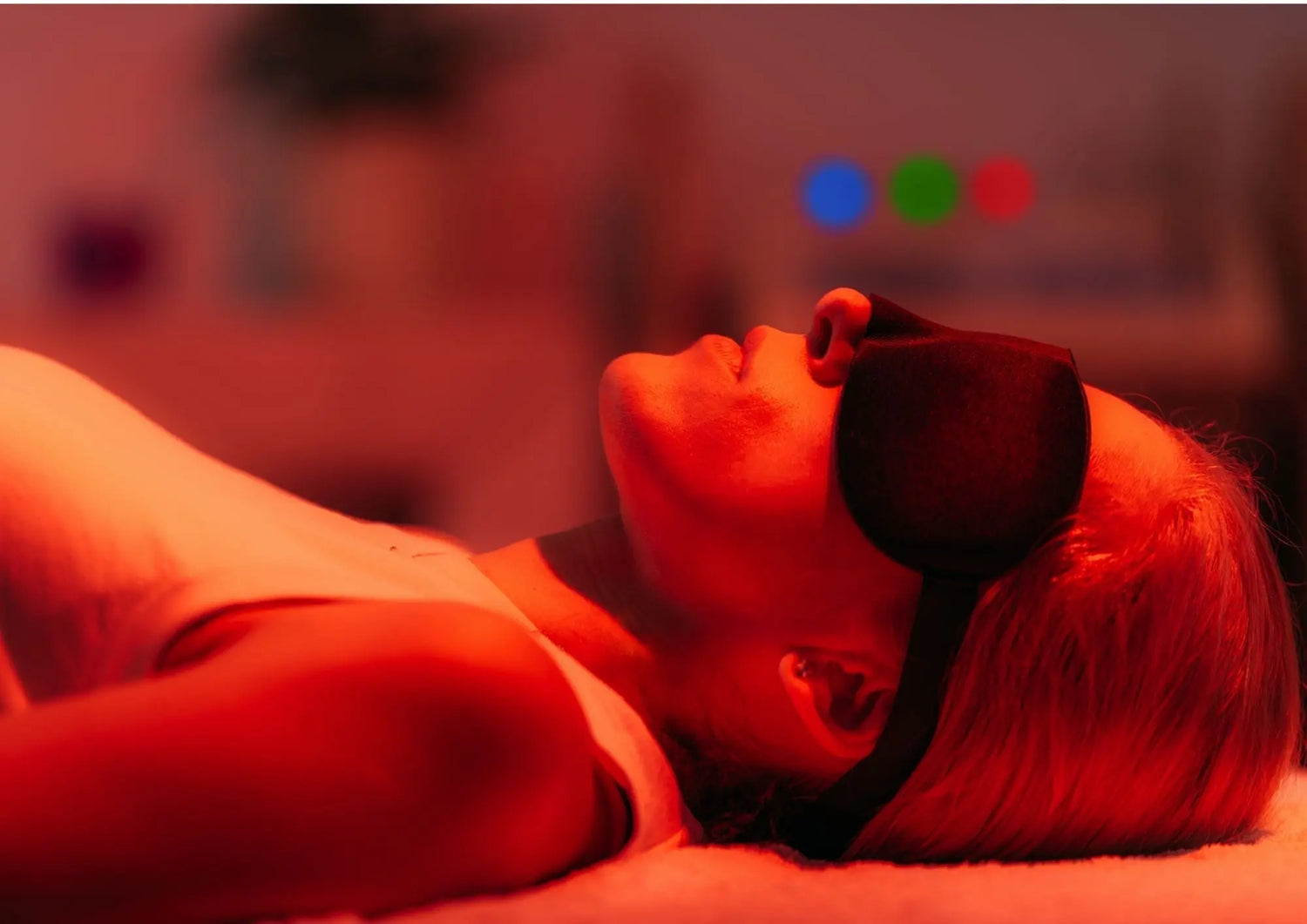
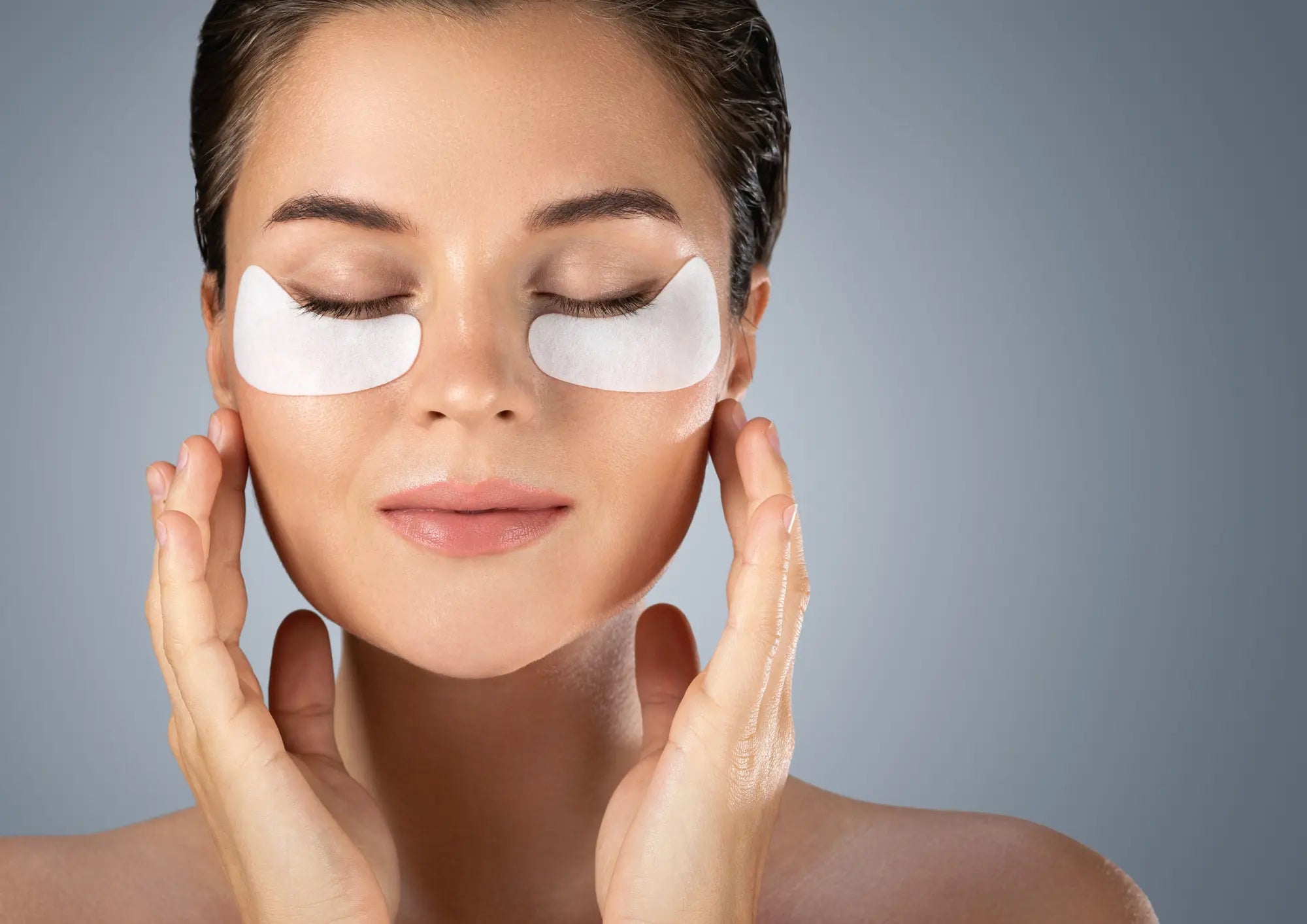
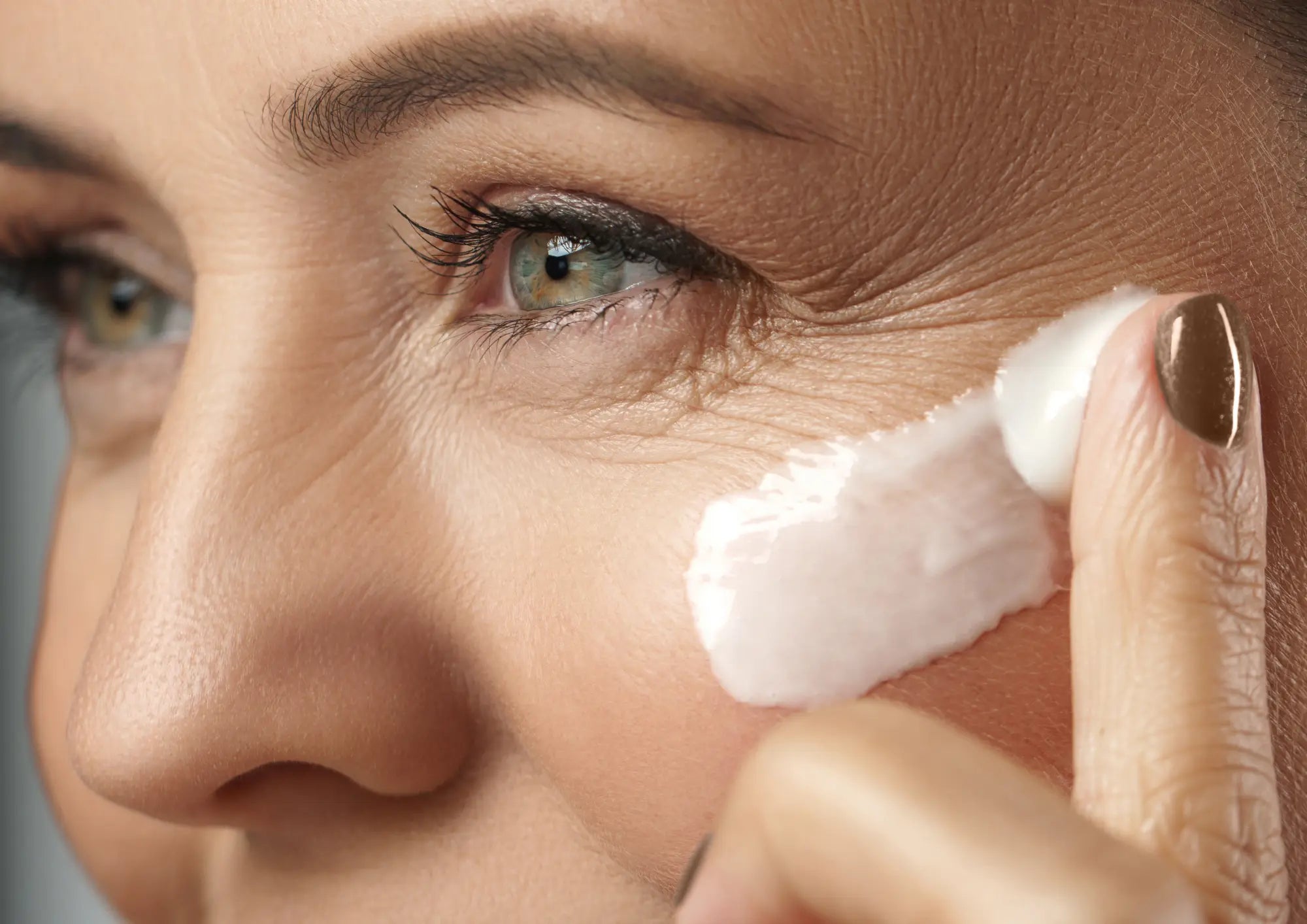
Leave a comment
All comments are moderated before being published.
This site is protected by hCaptcha and the hCaptcha Privacy Policy and Terms of Service apply.